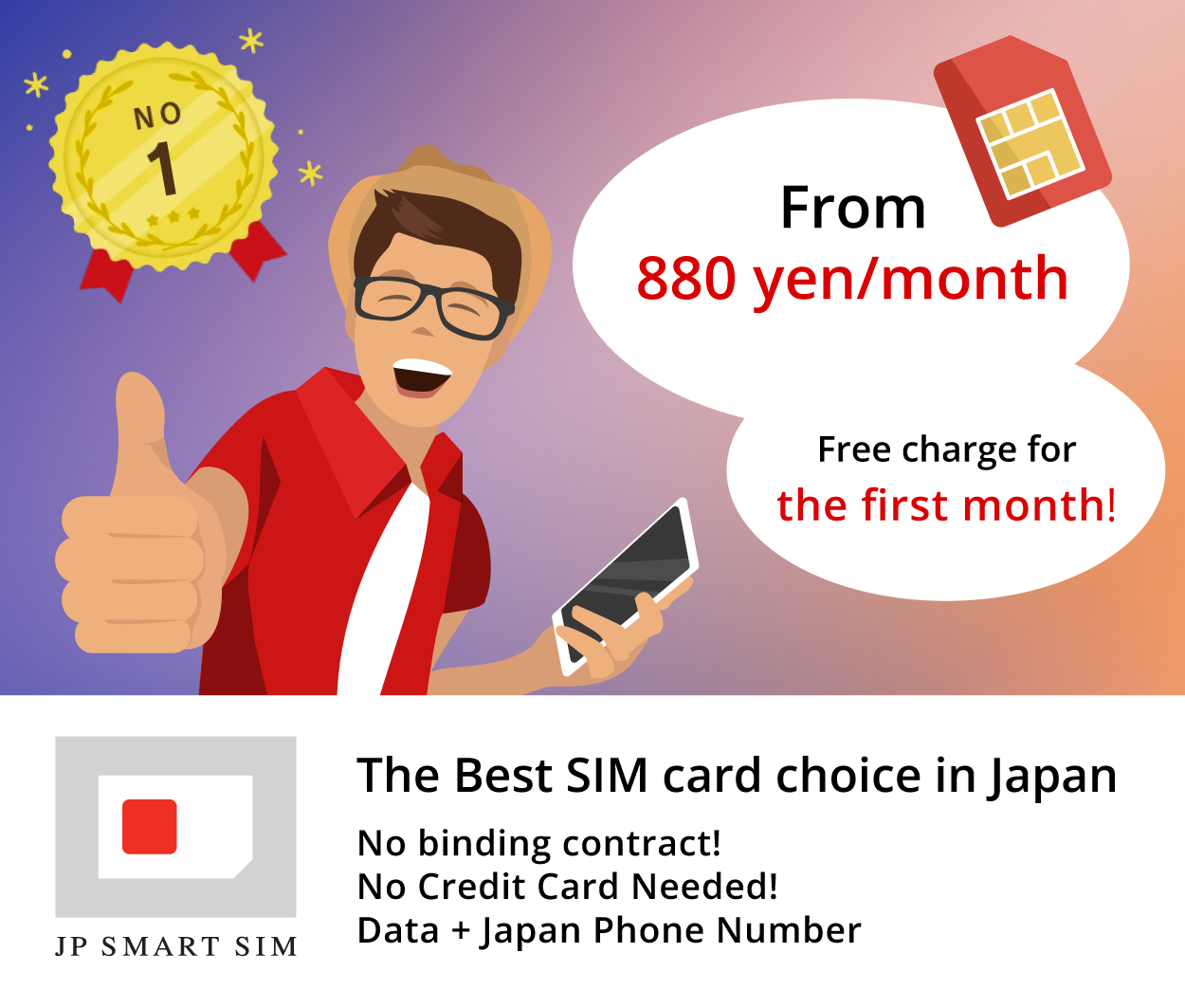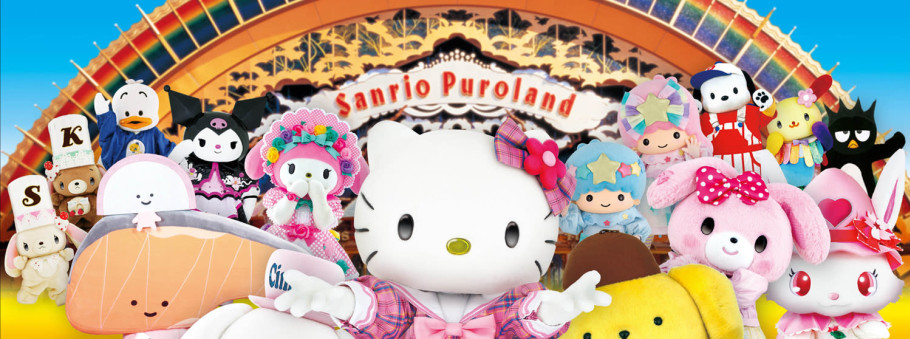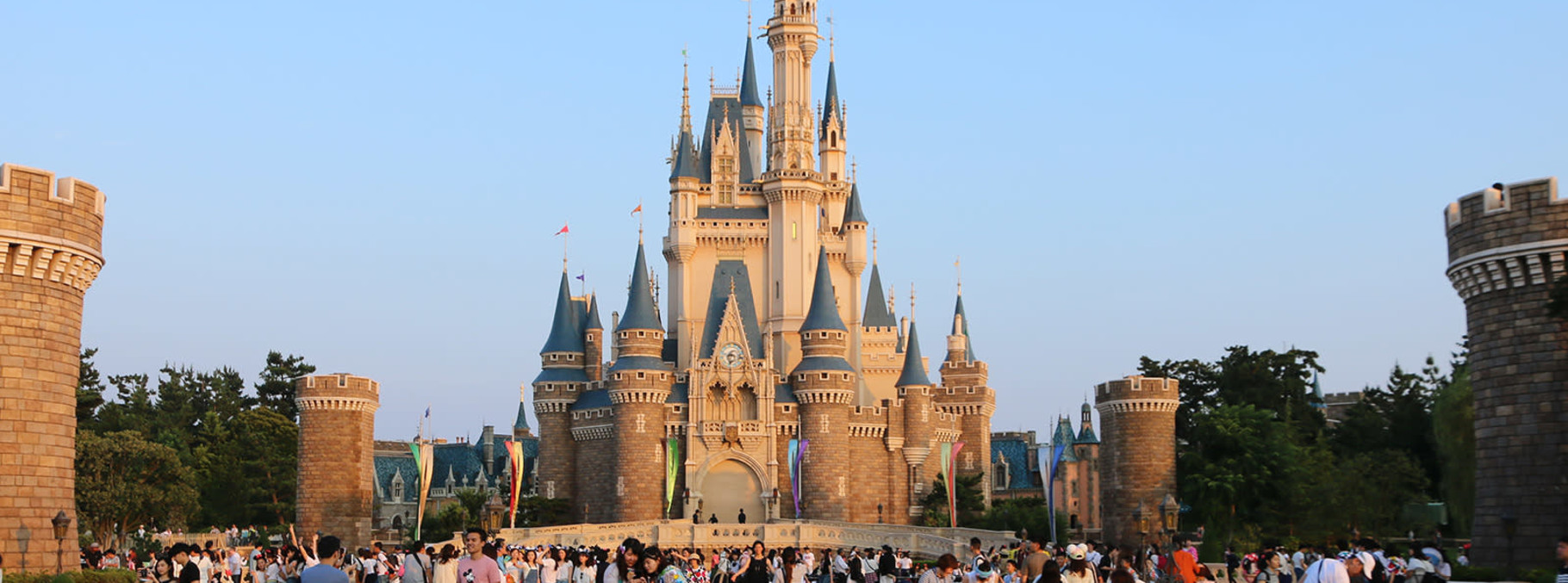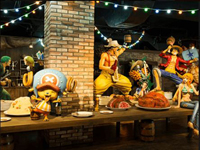Nihonbashi


(Source: Renoji / PIXTA(ピクスタ) )
Nihonbashi
There is the road-origin marker which means the starting point of roads in Japan, and it's on the bridge called Nihonbashi. The original bridge was built in 1603, and the current one is the 19th version. The finest and exquisite details of the winged Kirin (a legendary animal) and the Shishi (lion) statues on the bridge are a must-see. The Kirin originally has no wings, but this one is winged as a wish to enhance the town's prosperity.

(Source: Aimaimyi/Wikipedia)
Historic Department Stores: Takashimaya and Mitsukoshi
There are many long-established stores in and around Nihonbashi which has been flourishing as a commercial and cultural center. Takashimaya Nihonbashi, which is designated as an Important Cultural Property, opened in 1933 as a department store and was formerly a kimono shop founded in 1673. Meanwhile, Mitsukoshi Nihonbashi, the original store, is the oldest department store in Japan and representative of Nihonbashi.

(Source: MASARUのブログ)
Museums
The following two spots aren't well-known, however are hidden gems: one is the Bank of Japan Currency Museum (formerly the Currency Museum, Institute for Monetary and Economic Studies, Bank of Japan) where you can learn about the currencies in Japan, and the Kite Museum themed on Edo-dako (kites since the Edo Period) which were used for kite-flying, one of the traditional games during the Edo Period. Both of them are getting more popular among foreigners as a place to learn about Japanese history and culture.

(Source: マイニチドウドウ)

(Source: Renoji / PIXTA(ピクスタ) )
Nihonbashi
There is the road-origin marker which means the starting point of roads in Japan, and it's on the bridge called Nihonbashi. The original bridge was built in 1603, and the current one is the 19th version. The finest and exquisite details of the winged Kirin (a legendary animal) and the Shishi (lion) statues on the bridge are a must-see. The Kirin originally has no wings, but this one is winged as a wish to enhance the town's prosperity.

(Source: Aimaimyi/Wikipedia)
Historic Department Stores: Takashimaya and Mitsukoshi
There are many long-established stores in and around Nihonbashi which has been flourishing as a commercial and cultural center. Takashimaya Nihonbashi, which is designated as an Important Cultural Property, opened in 1933 as a department store and was formerly a kimono shop founded in 1673. Meanwhile, Mitsukoshi Nihonbashi, the original store, is the oldest department store in Japan and representative of Nihonbashi.

(Source: MASARUのブログ)
Museums
The following two spots aren't well-known, however are hidden gems: one is the Bank of Japan Currency Museum (formerly the Currency Museum, Institute for Monetary and Economic Studies, Bank of Japan) where you can learn about the currencies in Japan, and the Kite Museum themed on Edo-dako (kites since the Edo Period) which were used for kite-flying, one of the traditional games during the Edo Period. Both of them are getting more popular among foreigners as a place to learn about Japanese history and culture.

(Source: マイニチドウドウ)






